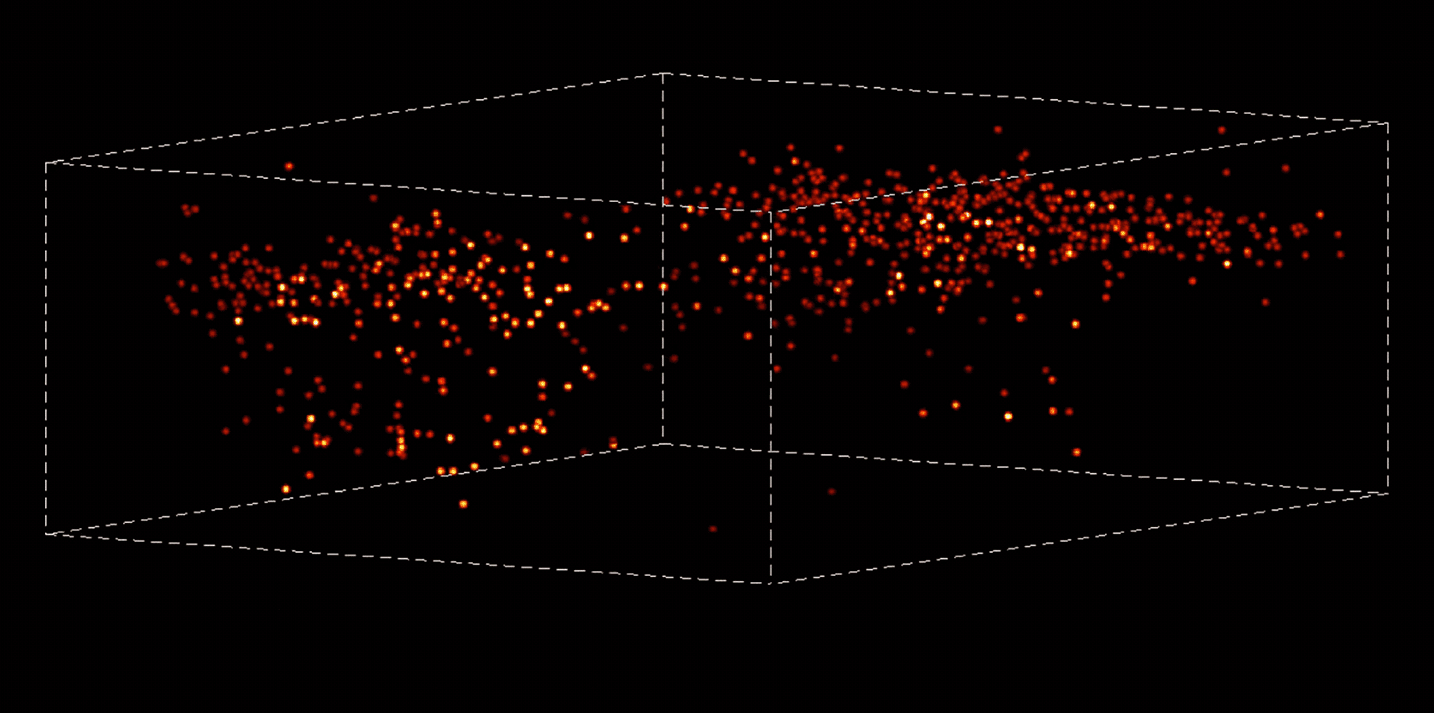
SEMINAL™ AI: An R&D Disruptor
A Generative AI Predictive Data Model based on GPT4
Imagine having access to the right tea leaves in order to produce the next business “Ah Ha” moment. Or a magic ball that could give you access to what the next five years would look like – or maybe the next 10? The truth of the matter is there are multiple variables that impact how a market will evolve. In fact, there are different origin stories – both intentional and spontaneous – that impact how ideas come into being.
Most companies have an internal R&D unit that allocates resources to tinkerers in hopes of creating magic. Unfortunately, it’s a hit-and-miss exercise and when the margins are thin tinkering becomes less of a priority. Not to mention there are politics involved like ego and seniority. The human element of discovery can sometimes be our worst deterrent to innovation.
Chum Alum World recently labeled the fourth generation of AI Generative Predictive Models as to Ideation Modeling”. In this case, the user can prompt modulated data sets with a proprietary Hierarchy System. This system produces generational outputs that when compared with the current pace of the market, produce predictive trajectories of how soon a market will evolve. Also generated are ancillary business models that will impact the growth of said innovation. Inputs for industry-related variables such as sector, vector increase, and time pincer will allow for the AI Generator to produce multiple scenarios of future ideations for the said market. We call this product SEMINAL AI
Let’s start from the beginning.
All About Ideas
As humans, we must first experience to conceive an ideation. Below is the Wikipedia definition of “ideation”.
Ideation is the creative process of generating, developing, and communicating new ideas, where an idea is understood as a basic element of thought that can be either visual, concrete, or abstract. Ideation comprises all stages of a thought cycle, from innovation, to development, to actualization. Ideation can be conducted by individuals, organizations, or crowds. As such, it is an essential part of the design process, both in education and practice.
The magic moment of idea creation happens when our brain reaches intense Gamma Activity of 300 milliseconds. Gamma activity indicates the binding together of neurons as brain cells connect in a new neural network. Some creators even experience a vision of bright light the moment they get a new idea. Thus the “ah ha” moment.

Follow the Dots
Ideation Origin Story
The human element of ideation is – well what makes us human. So can an AI Generative model built by humans create seminal human experiences? The answer is it depends. The variable that requires engagement is emotion. Below are two perspectives.
Innate Perspective
Feelings of fear, greed, love, ego, ambition and necessity all play a role in this process but fundamentally we innovate to solve problems. That urge to do something, to move the narrative of human progress forward by trying new things, is the spirit of innovation.
Social Perspective
Ideas often originate from dialogues in which an individual hears about a challenge and recognizes a new path for solving it. It is therefore crucial to create a space in which challenges are discussed openly and without fear, stimulating new solutions.
Types of Ideation:
(Consumption v. Creativity)
*Consuming derivative ideas
Idea generation is fueled by consumption (things), not creativity. Creativity is just connecting things.The more “things” you have to connect, the better your ideas will become.
Problem solution: This is the most simple method of progress, where someone has found a problem and as a result, solves it.
Derivative idea: This involves taking something that already exists and changing it.
Symbiotic idea: A symbiotic method of idea creation is when multiple ideas are combined, using different elements of each to make a whole.
Revolutionary idea: A revolutionary idea breaks away from traditional thought and creates a brand new perspective. For example, the writings of Copernicus (a development of classical Greek thought).
Serendipitous discovery: Serendipitous solutions are ideas which have been coincidentally developed without the intention of the inventor. For example, the discovery of penicillin.
Targeted innovation: Creating a targeted innovation deals with a direct path of discovery. This is often accompanied by intensive research in order to have a distinct and almost expected resolution. For example, linear programming.
Artistic innovation: Artistic innovation disregards the necessity for practicality and holds no constraints.
Philosophical idea: The philosophical idea lives in the mind of the creator and can never be proven. This type of idea however can still have vast residual effects. For example, the idea of eternal recurrence.
Helping The World Of Tomorrow Become A Reality Today. Circa 2022
Latest posts by ChumAlumWorld
(see all)











